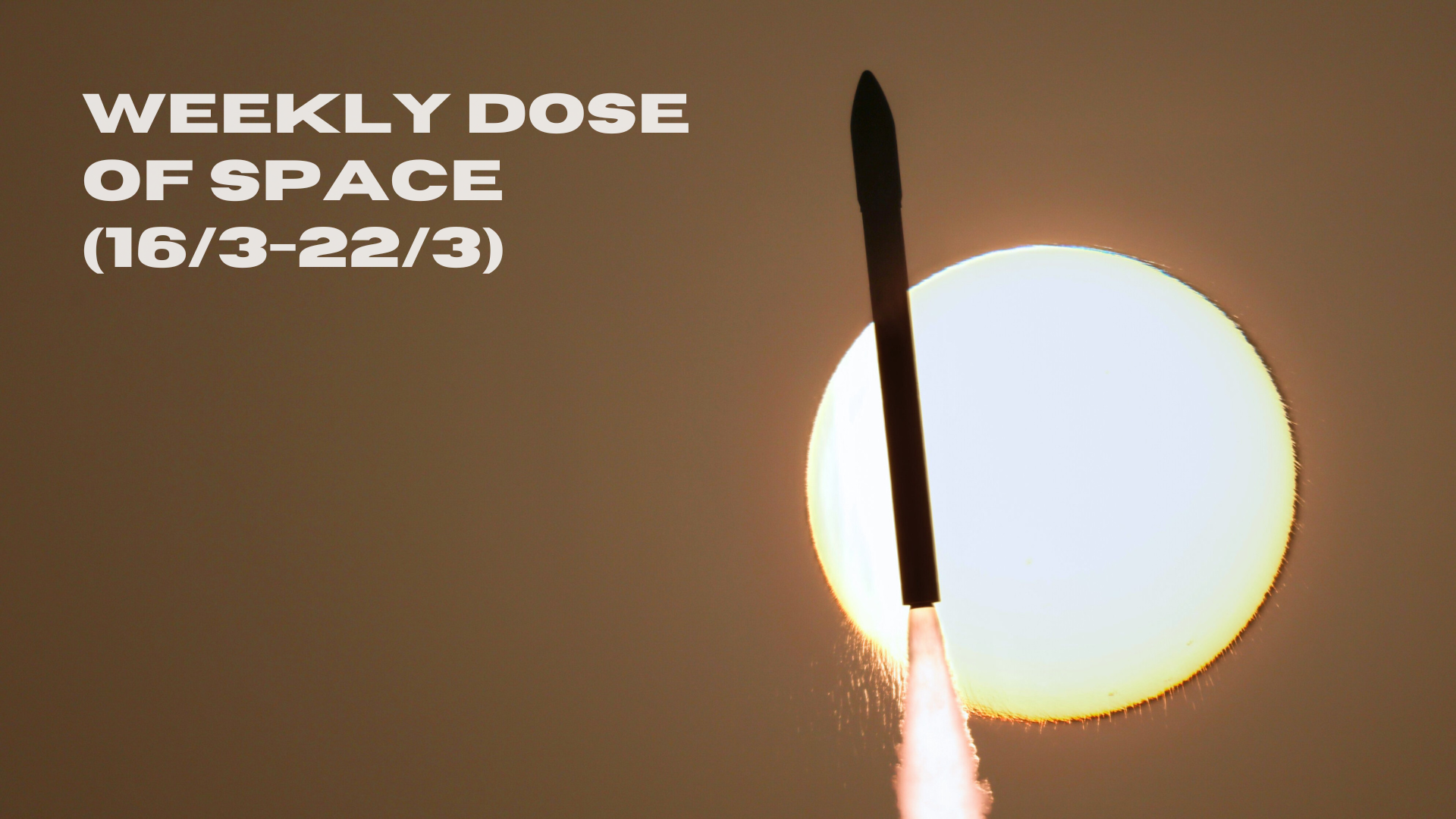Table of Contents
Welcome back to Weekly Dose of Space! This week saw six launches taking place, with many satellites being added to small constellations. News from the week saw Starliner's crew finally return, another spacewalk onboard China's Tiangong Space Station, and imminent cuts at NASA. As always, we'll also look ahead to what the worldwide launch schedule might look like next week.
Launches This Week
March 16th - Angara 1.2 with Kosmos 2585, 2586, 2587
An Angara 1.2 was launched from the Plesetsk Cosmodrome carrying three Kosmos satellites, 2585, 2586, and 2587, to low Earth orbit. These satellites are said to provide military communications services.
Video of today's Angara-1.2 launch from Plesetsk, carrying military satellites for the Ministry of Defense.
— afec7032 🇷🇺 (@robert_savitsky) March 16, 2025
MoD also said that the satellites reached their planned orbit. pic.twitter.com/AxmfTYPqkw
Liftoff of Angara 1.2 from the Plesetsk Cosmodrome, via robert_savitsky on Twitter.
March 17th - Ceres-1 with six Yunyao-1 and two AIRSATs
From Launch Area 95A, Galactic Energy launched its first Ceres-1 of the week carrying six Yunyao-1 meteorology satellites as well as Zhongke 06 and 07, also referred to as AIRSAT. The Yunyao-1 satellites are part of a planned ninety-satellite constellation to provide weather forecasting, while the two AIRSAT spacecraft will monitor environmental changes in rural and coastal regions.
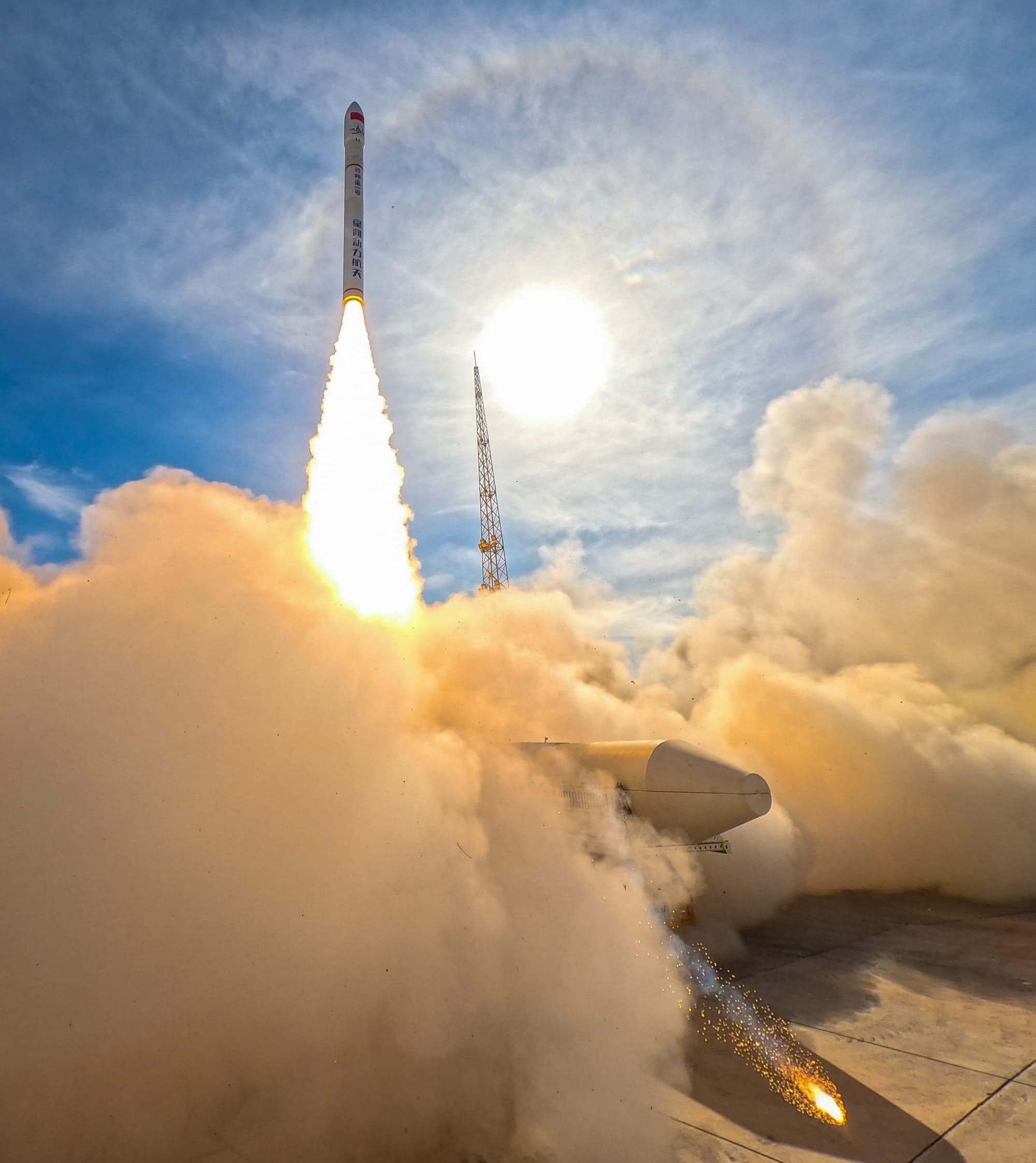
March 18th - Electron for 'High Five'
Electron lifted off from Launch Complex 1A, located on the Māhia Peninsula in New Zealand, carrying the fifth and final group of five Kinéis satellites to low Earth orbit. This small Internet of Things constellation is aimed at boosting connectivity worldwide.
The views just keep getting better. Electron on its way to space for its 62nd launch. pic.twitter.com/2rZLbJgXnx
— Rocket Lab (@RocketLab) March 18, 2025
Electron lifting off from Launch Complex 1A for 'High Five' as seen by a drone, via Rocket Lab on Twitter.
March 18th - Falcon 9 with Starlink Group 12-25
Twenty-three Starlink satellites were launched from Space Launch Complex 40, in Florida, atop of a Falcon 9 to low Earth orbit. The booster that supported this mission was B1077, flying for the nineteenth time and landing on the drone ship 'A Shortfall Of Gravitas' downrange.
March 21st - Falcon 9 with NROL-57
The eighth batch of Starshield satellites, the military version of Starlink, were launched atop of a Falcon 9 flying from Space Launch Complex 4E, in California. Booster B1088 supported this mission for its fourth flight, with a landing back at Landing Zone 4.
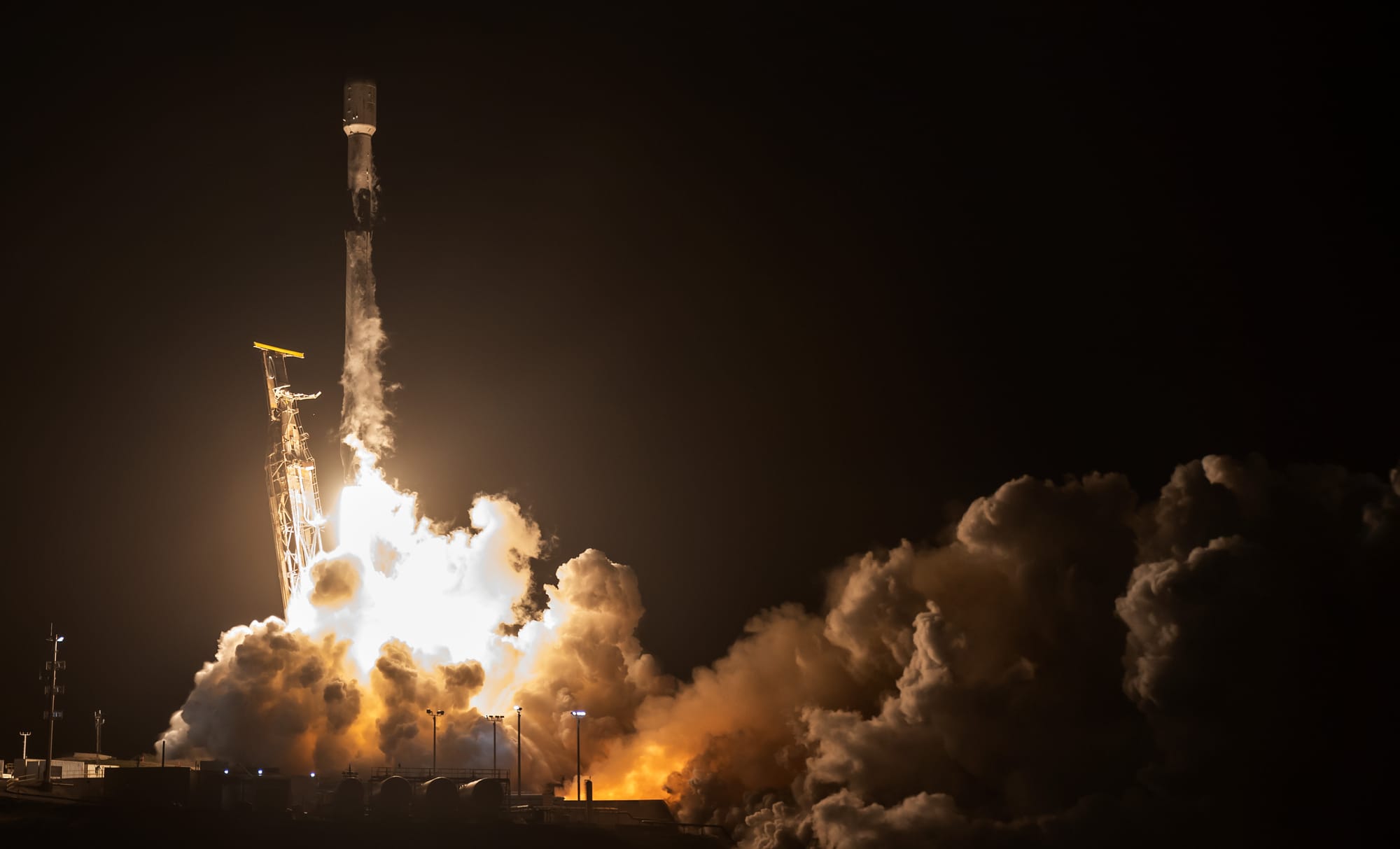
March 21st - Ceres-1 with six Yunyao-1 satellites
Ceres-1 lifted off again from Launch Area 95A, at the Jiuquan Satellite Launch Center, carrying another six Yunyao-1 satellites. This launch brought the total satellite count for the constellation up to fifty-two.
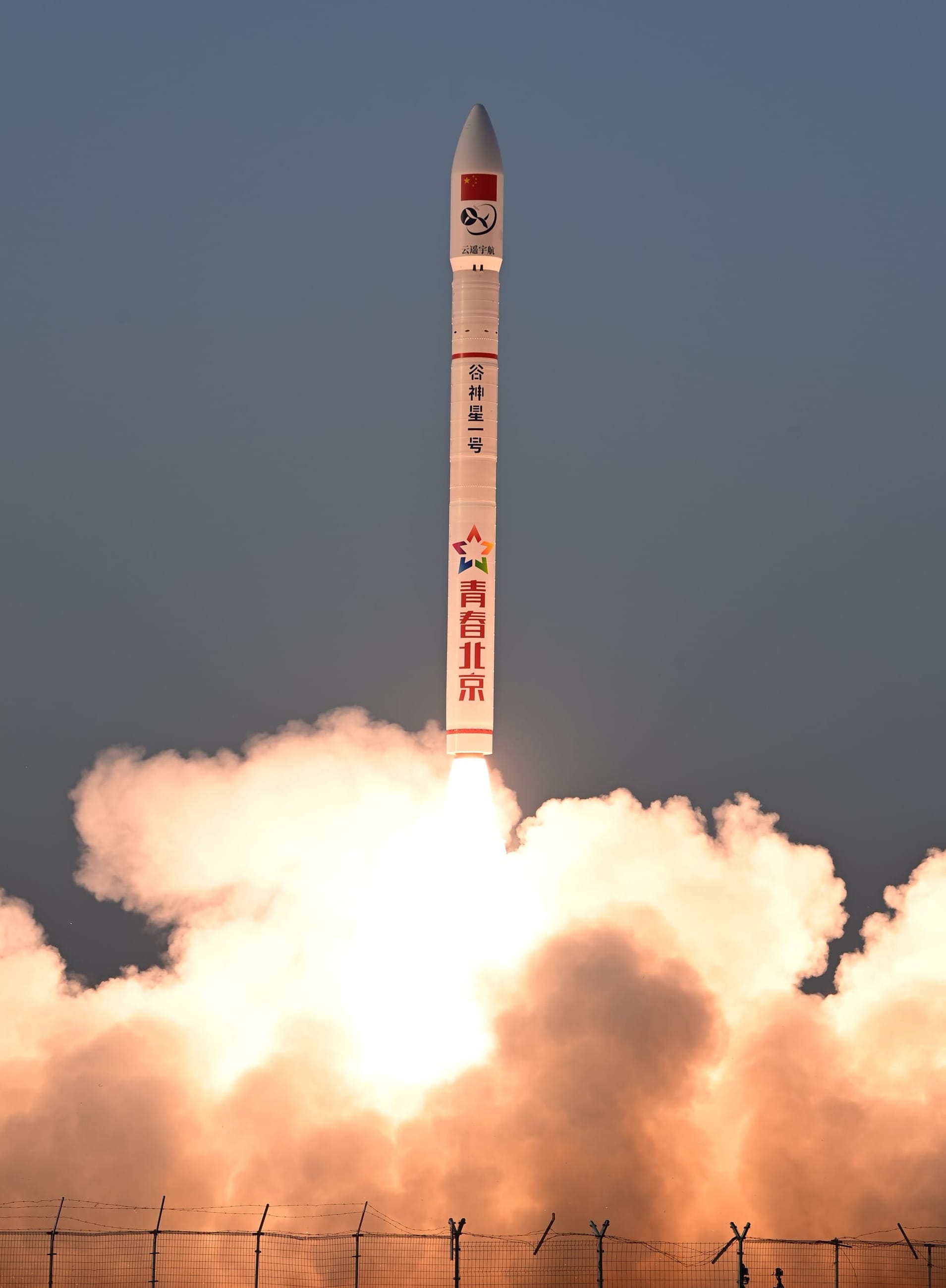
In Other Space News
Starliner crew back on Earth

After an unexpectedly long stay aboard the International Space Station, Starliner astronauts Suni Williams and Butch Wilmore returned to Earth aboard a SpaceX Crew Dragon on March 18th. Their return spacecraft was launched back in September for the Crew-9 mission bringing two new faces to the station with it, NASA's Nick Hague and Roscosmos' Aleksandr Gorbunov.
Butch and Suni launched to the station back in June 2024 for an initial eight-day mission. Following concerns and issues with various systems aboard Starliner, NASA decided to return the spacecraft uncrewed, deorbiting it in September and moving the two astronauts onto the Crew-9 mission. Due to this, the duo spent 286 days in space.
With the uncrewed return last year, NASA and Boeing are evaluating what the next steps with Starliner are. Manager of the agency's Commercial Crew Program Steve Stich is expecting another test flight, possibly with a crew, before it is used for routine crew rotation missions.
Third Shenzhou-19 spacewalk aboard Tiangong
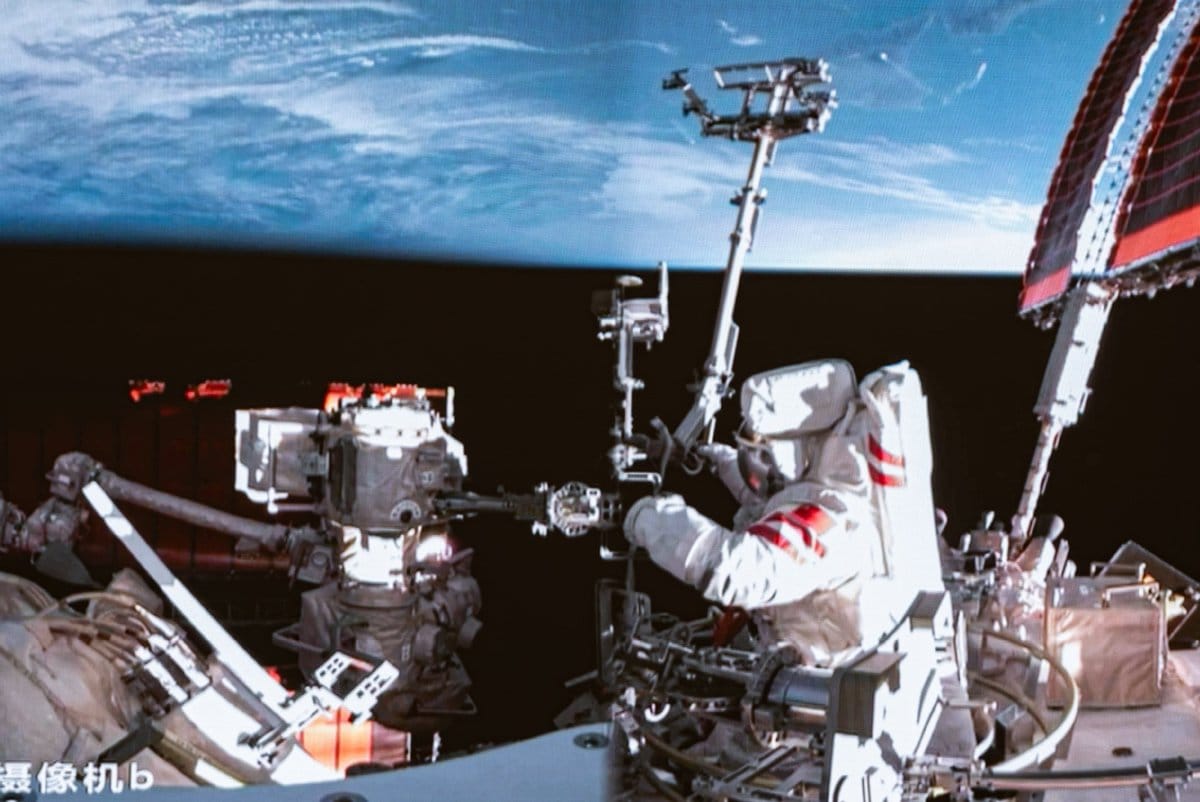
March 21st saw taikonauts Cai Xuzhe and Song Lingdong venture outside the Tiangong Space Station, via the Wentian modules airlock, for their third spacewalk of the six-month mission. Once again, Wang Haoze remained inside the station to provide support.
While outside of the station for seven hours, the two spacewalkers installed various debris protection panels to mitigate micrometeorite damage and to provide the stations robotic arm with an additional grapple point. Additionally, routine inspections of external hardware and the three modules were conducted.
This spacewalk was the third of Song's career, making him one of the most experienced 'post-80s' taikonauts while Cai Xuzhe was performing his fifth overall, for around 35 hours of spacewalking overall.
The three Shenzhou-19 crew members have just over one month left onboard the Tiangong Space Station, having arrived in October 2024, with a return expected in late April or Early May. The trio will leave the station once the Shenzhou-20 mission arrives and takes over responsibilities.
Layoff plans at NASA delayed
NASA told reporters on March 14th that it received a one-week extension to a government request to reorganize and reduce its workforce, citing a busy week with the return of Crew-9, the launch of Crew-10, and other missions.
The space agency has been complying with various executive orders from the second Trump Administration to “achieve efficiencies” and perform Reductions in Force (RIF). To comply, NASA has frozen hiring and begun identifying positions to be cut, and will soon move offices and individuals to "less-costly" parts of the United States.
Since Trump returned to the White House, NASA has had its Office of the Chief Scientist, the Office of Science, Policy, and Strategy, and the diversity, equity, and inclusion branch within the Office of Diversity and Equal Opportunity shuttered, taking their staff with them. In a pending catastrophic move, the White House is considering cutting NASA's Science Mission Directorate budget by half.
What to Expect Next Week
March 24th - Spectrum for it's debut flight
Isar Aerospace is preparing to perform the debut mission of its Spectrum rocket from Norway's Andøya Spaceport, carrying no payloads.
March 24th - Falcon 9 with NROL-69
A Falcon 9 is planning to liftoff from Space Launch Complex 40 carrying a military payload for the U.S. National Reconnaissance Office, the booster is planned to return to Cape Canaveral after supporting the launch.
March 26th - Firefly Alpha for 'Message in a Booster'
Firefly Aerospace is preparing to launch its Alpha rocket from Space Launch Complex 2W, in California, carrying a test satellite for Lockheed Martin.
March 26th - Electron for 'Finding Hot Wildfires Near You'
Rocket Lab is planning to launch its Electron rocket from Launch Complex 1B, located on the Māhia Peninsula in New Zealand, carrying eight satellites to low Earth orbit for Orora Technologies.
March 26th - Long March 3B/E with a to-be-announced payload
A Long March 3B/E is expected to launch from the Xichang Satellite Launch Center, carrying a currently unknown payload out toward geostationary orbits.
March 26th - Falcon 9 with Starlink Group 11-7
SpaceX is preparing to launch a batch of Starlink satellites to low Earth orbit atop of a Falcon 9 flying from Space Launch Complex 4E.

